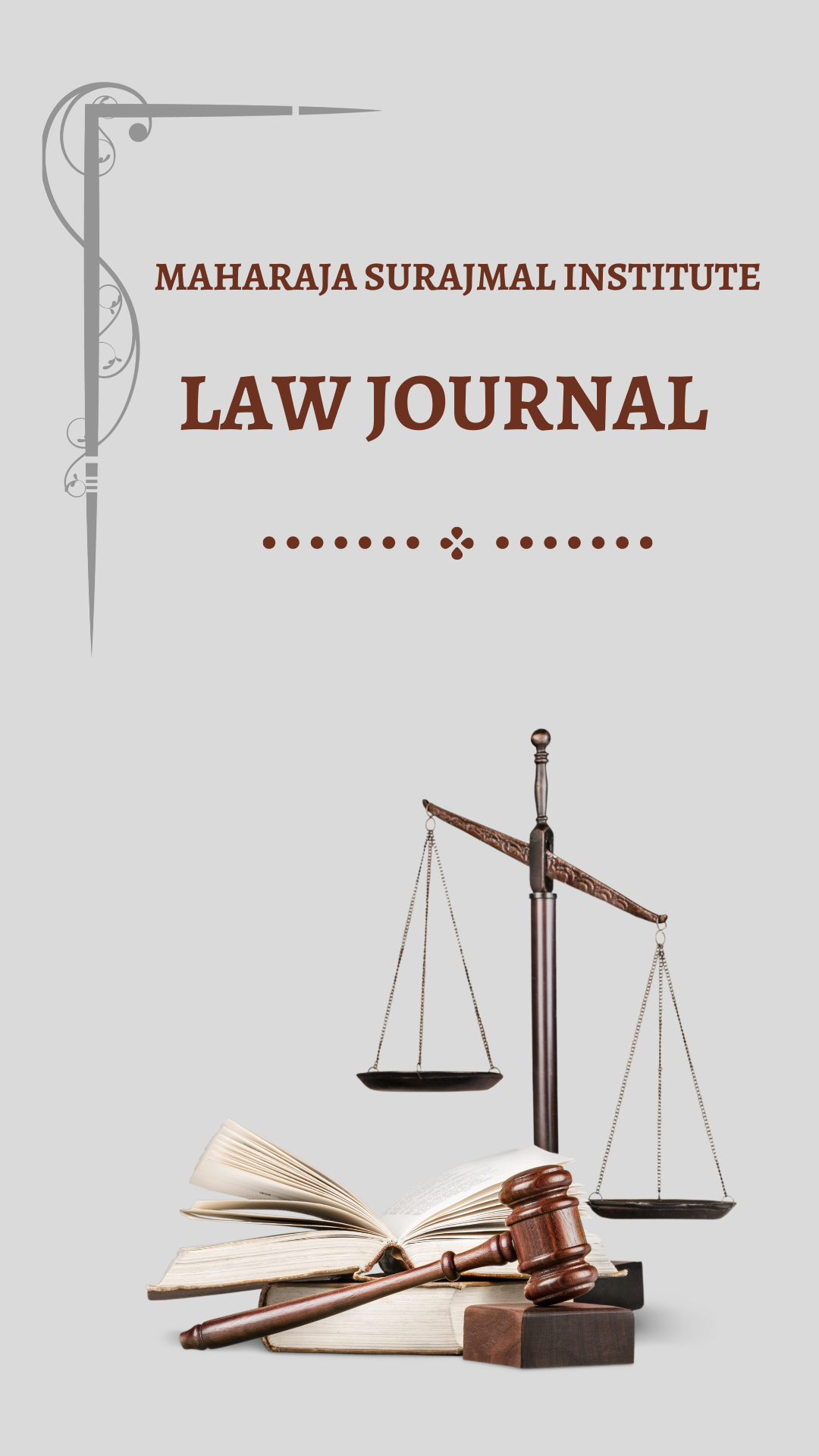Technological Update to the Criminal Codes – Essential Use of Audio-Visual Technology
DOI:
https://doi.org/10.48165/msilj.2024.1.1.6Keywords:
ACriminal Justice System, Reforms, Electronic Communication, Audio Visual Technology, Bharatiya Nagrik Suraksha Sanhita 2023 and Criminal Procedure CodeAbstract
India witnessed a watershed moment and created history when on July 01,2024 it introduced new criminal codes with an objective and intention to reform and upgrade its criminal justice system. The Indian Ministry of Home Affairs declared the implementation of the three new criminal statutes, namely Bhartiya Nagrik Suraksha Sanhita, 2023, Bharatiya Nyaya Sanhita, 2023, and Bhartiya Sakshya Adhiniyam, 2023, enforced on July 1, 2024. The British era Indian Penal Code, the Code of Criminal Procedure, and the Indian Evidence Act, respectively were thus repealed by the new codes.. The prime objective of the new codes is to modernise and substitute the outdated colonial laws by prioritising the implementation of justice with a victim-centred approach. They also aim to enhance national security and introduce reviews of digital/electronic evidence as key aspects of these laws. The bill introduced in parliament included a statement of objects and reasons that criticised the CrPC for several issues, including delays in delivering justice, complex procedures, a large backlog of cases, low conviction rates, and inadequate use of technology and forensic methods. The BNSS strives to alleviate such problems. This article examines a specific goal of the BNSS, which aims to enhance and speed up the justice delivery system through the compulsory integration of electronic communication and audio-visual technologies in different legal procedures. The article is divided into three parts. Prior to conclusion the Part 1 introduces the concept note of the Article and lays the foundation of the article. Thereafter, Part 2 draws a comparative insight between provisions of the CrPC and the BNSS on the use of audio-video technology. Part 3 provides an in depth analysis of the newly added provisions related to the use of audio-video technology. This research aims to provide clarity on the newly added provisions and becomes relevant for the policy makers, the investigating agencies, lawyers and other stakeholders.




